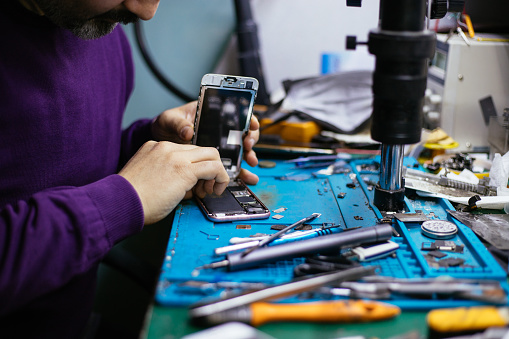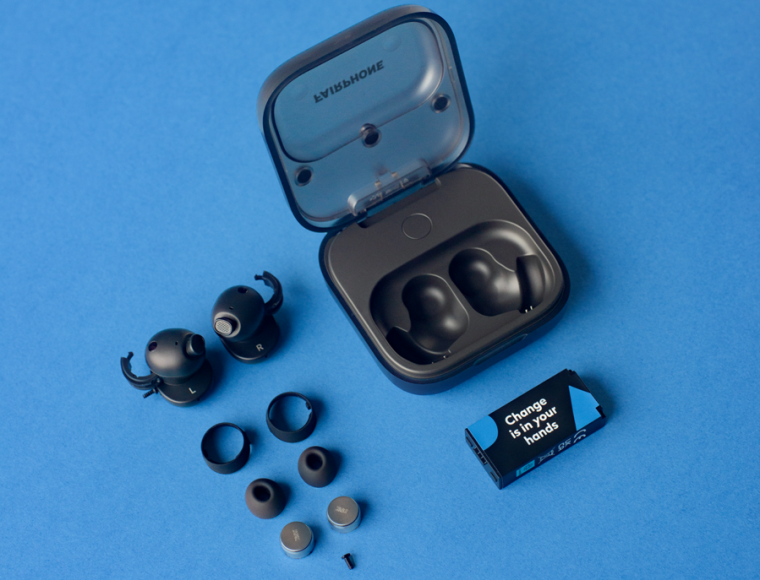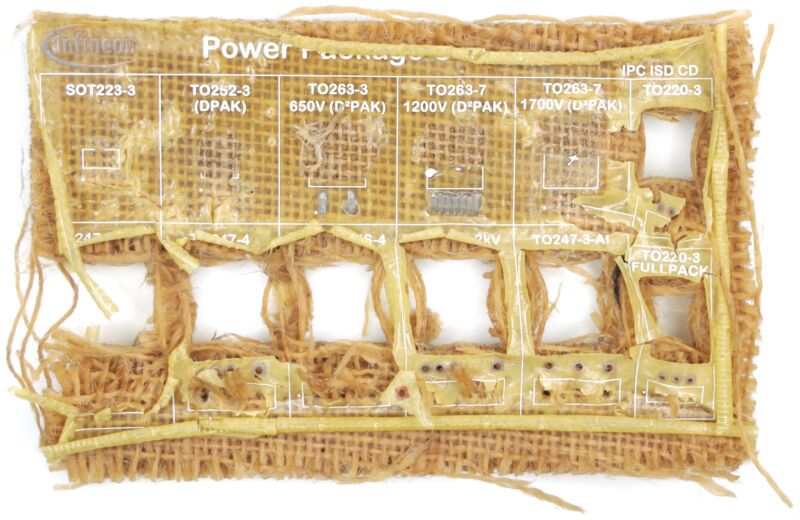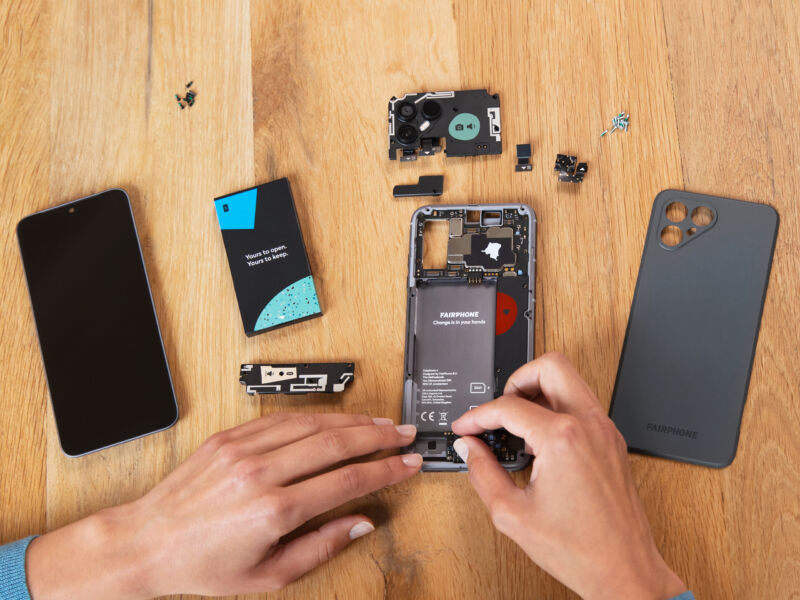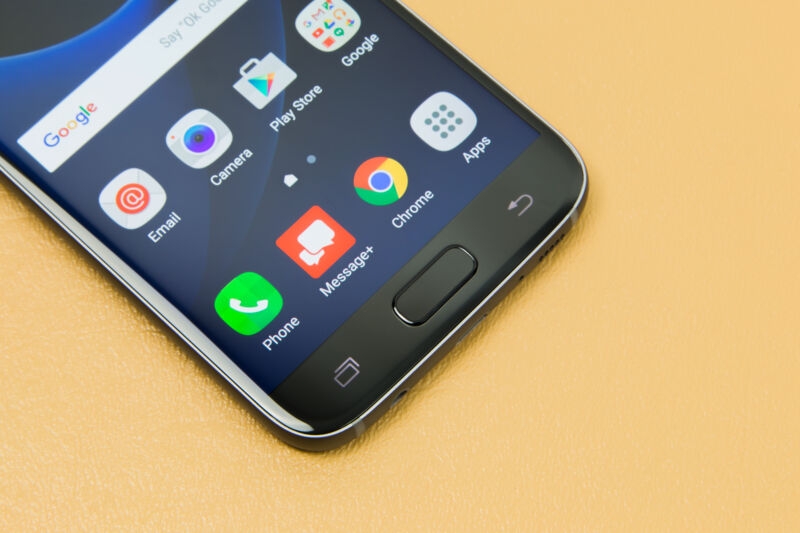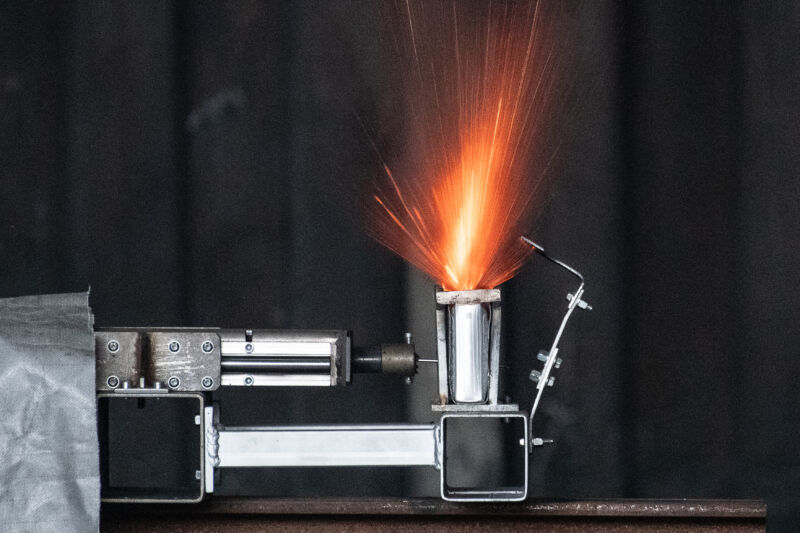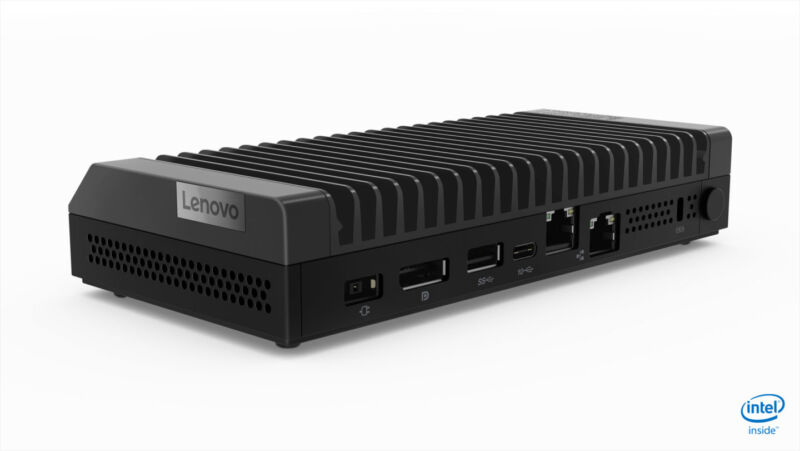-
 chevron_right
chevron_right
The DiskMantler violently shakes hard drives for better rare-earth recovery
news.movim.eu / ArsTechnica · Friday, 12 April - 18:14
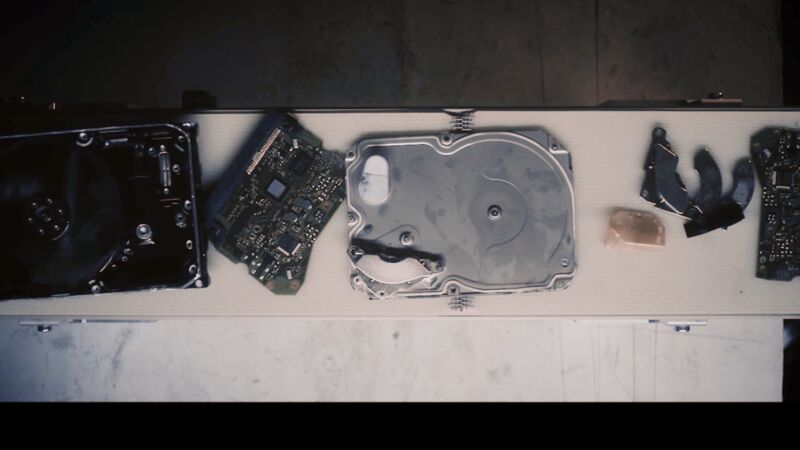
Enlarge / From magnets we came, to magnets we return. (credit: Garner Products)
There is the mental image that most people have of electronics recycling, and then there is the reality, which is shredding.
Less than 20 percent of e-waste even makes it to recycling. That which does is, if not acquired through IT asset disposition (ITAD) or spotted by a worker who sees some value, heads into the shredder for raw metals extraction. If you've ever toured an electronics recycling facility, you can see for yourself how much of your stuff eventually gets chewed into little bits , whether due to design, to unprofitable reuse markets, or sheer volume concerns.
Traditional hard drives have some valuable things inside them—case, cover, circuit boards, drive assemblies, actuators, and rare-earth magnets—but only if they avoid the gnashing teeth. That's where the DiskMantler comes in. Garner Products, a data elimination firm, has a machine that it claims can process 500 hard drives (the HDD kind) per day in a way that leaves a drive separated into those useful components. And the DiskMantler does this by shaking the thing to death (video).

